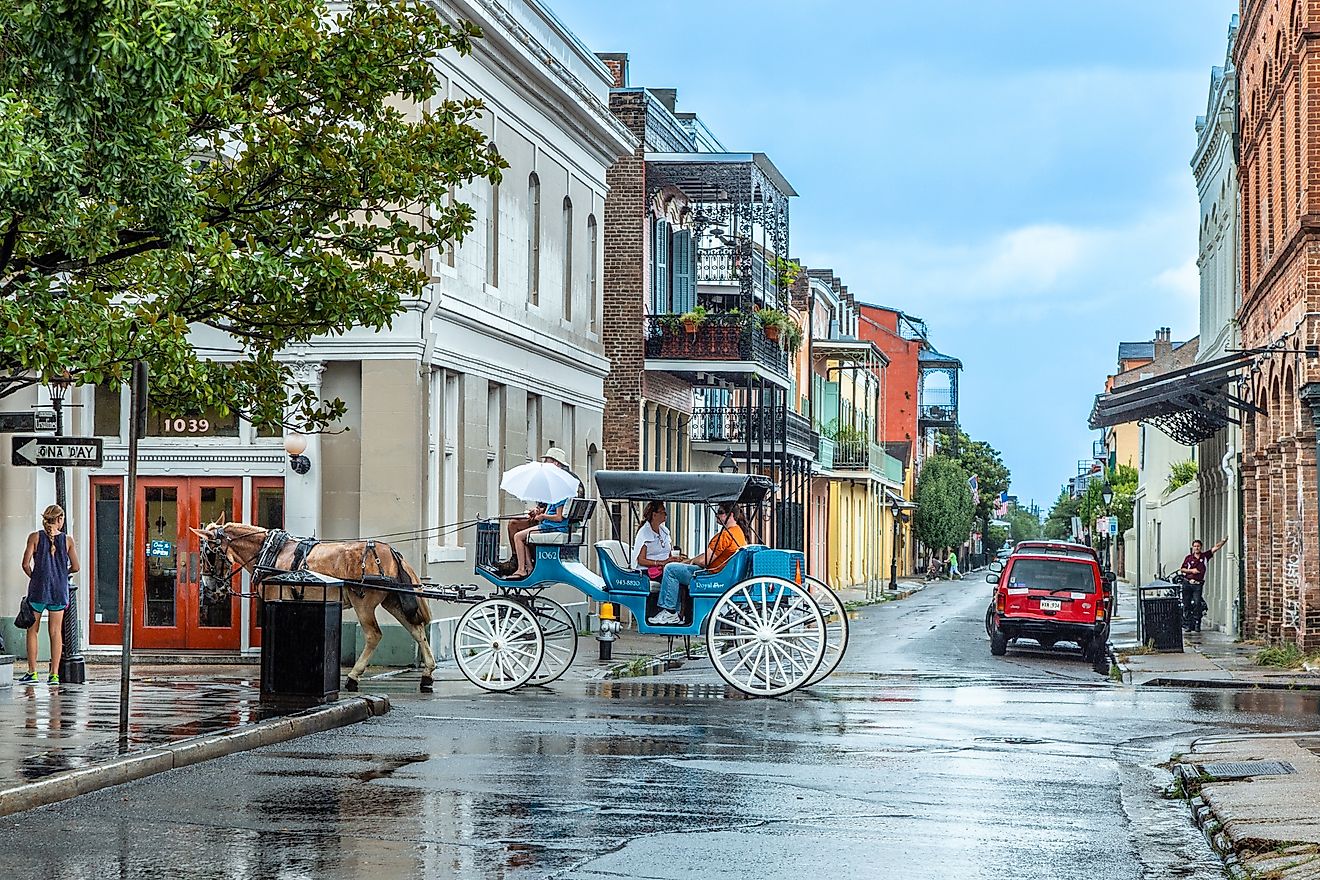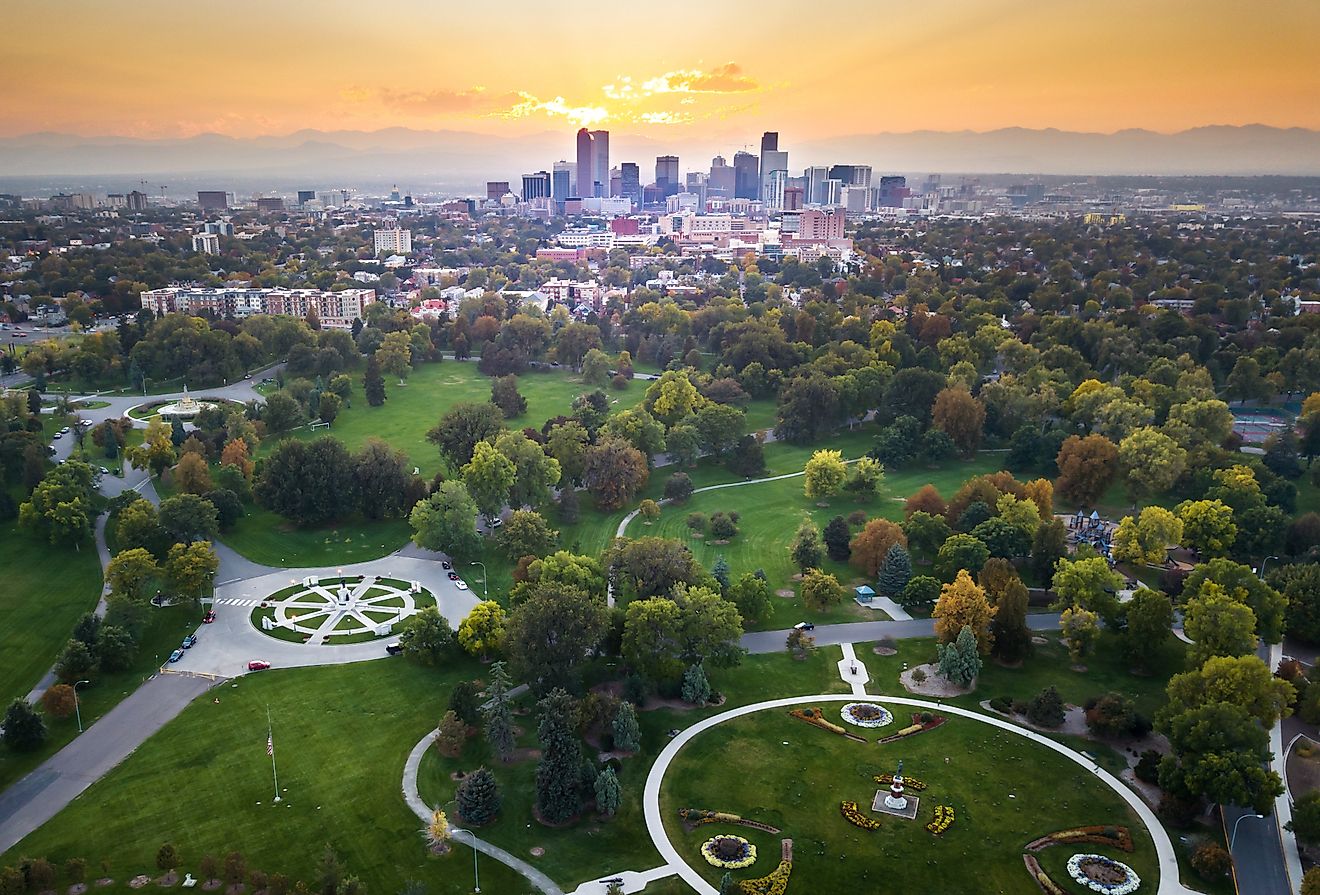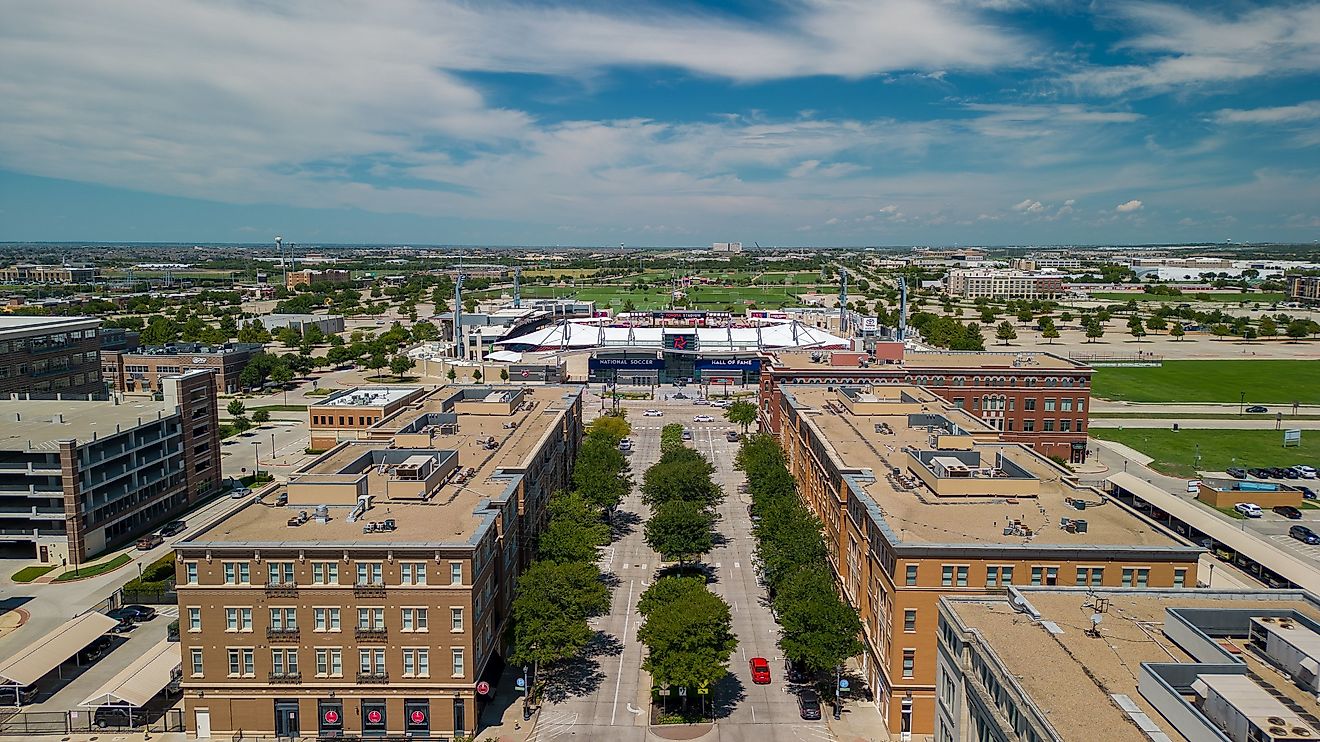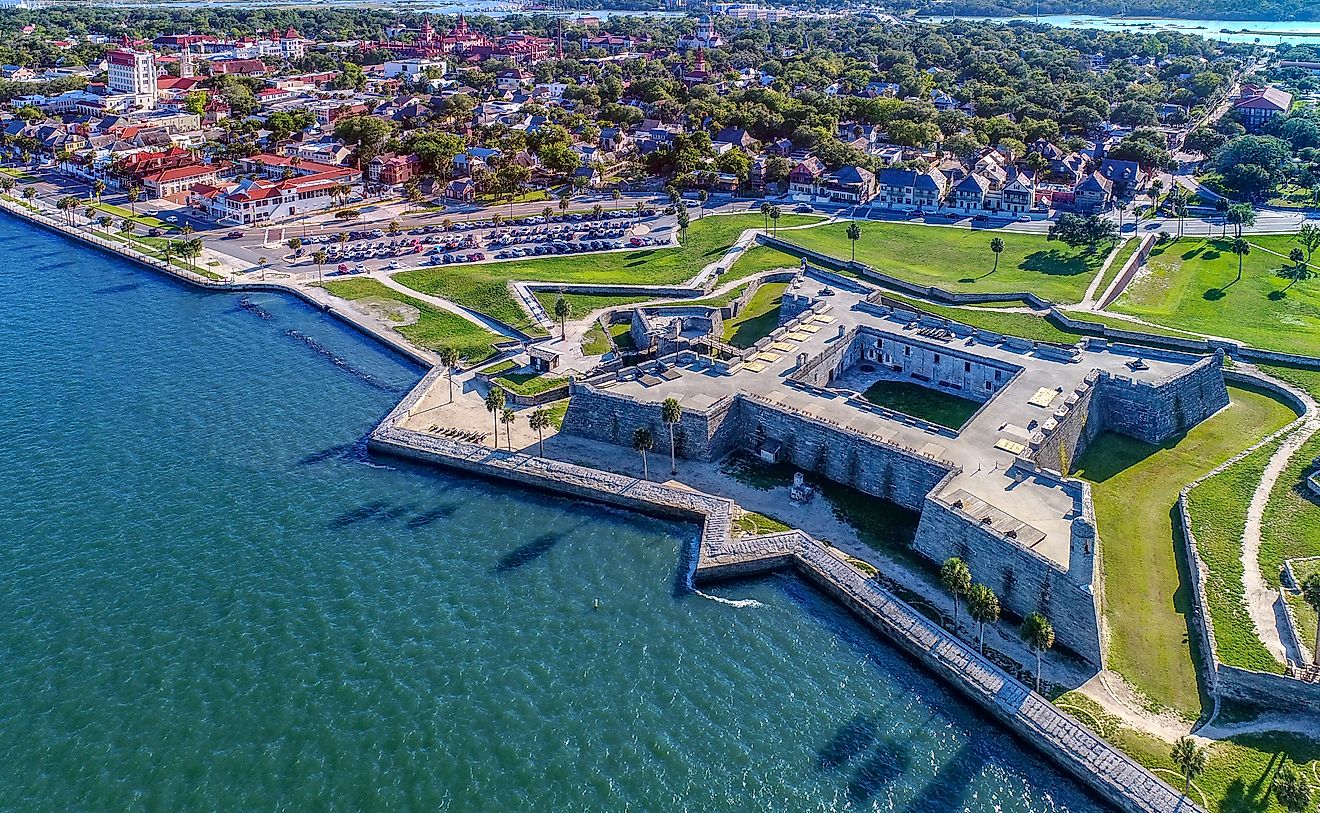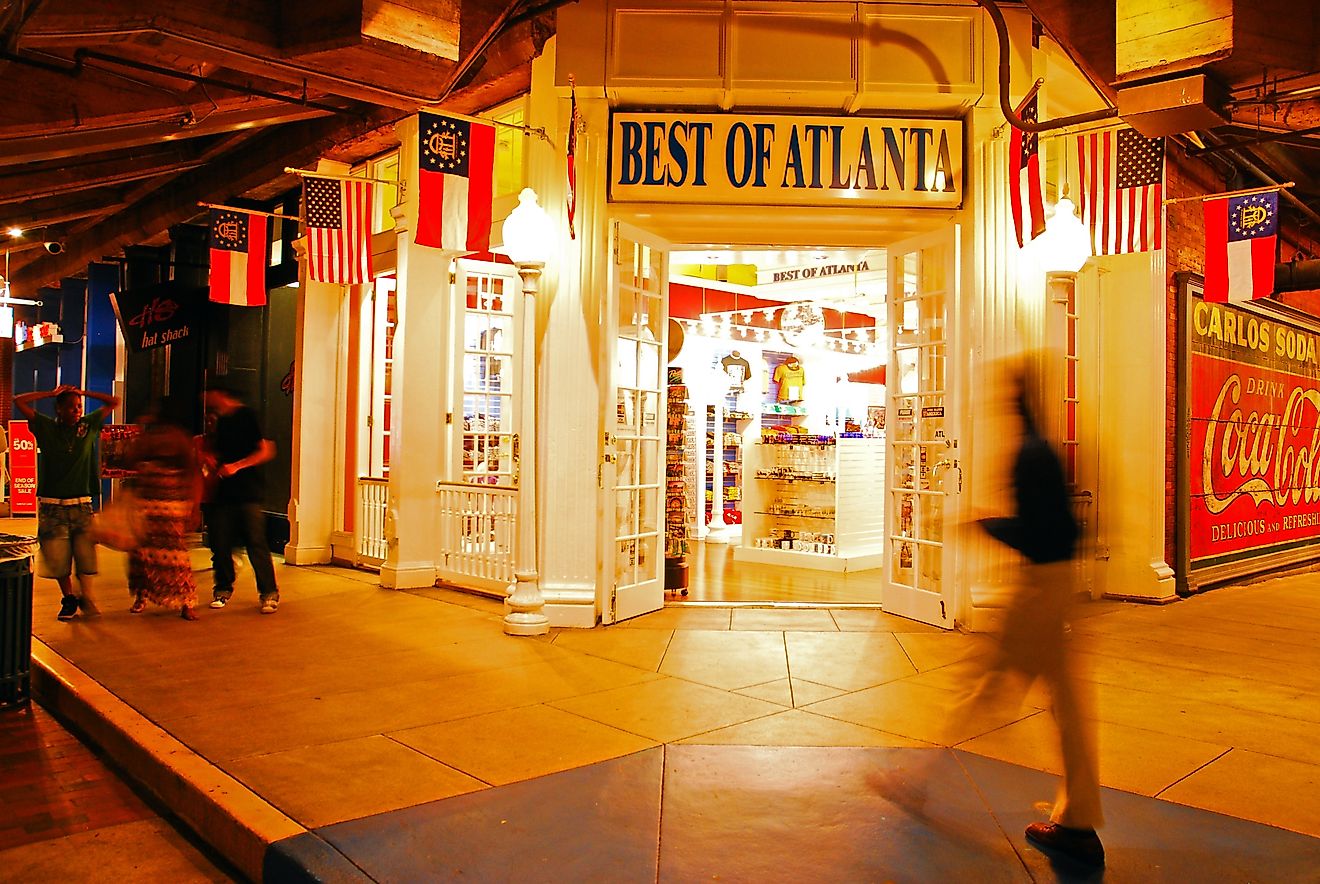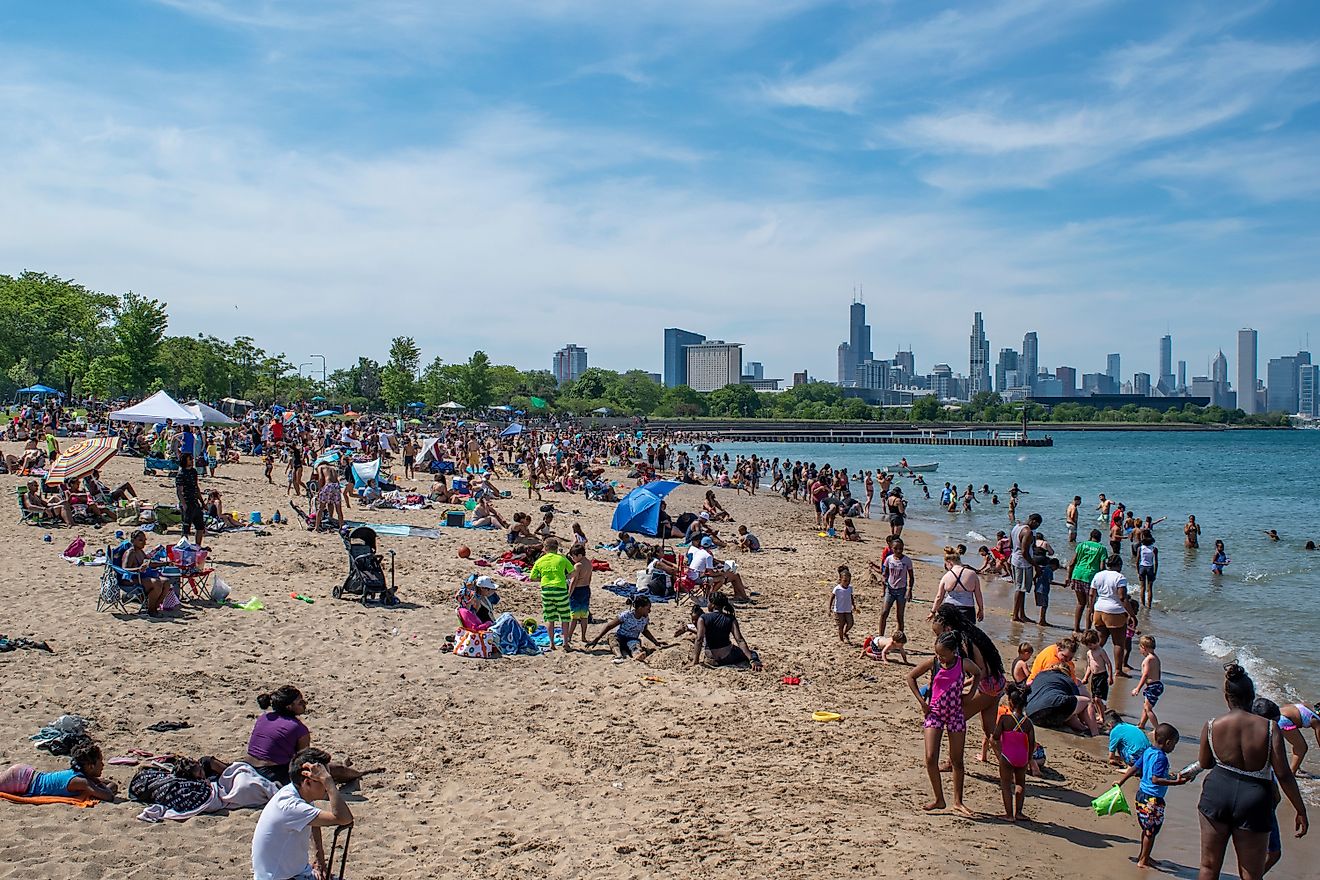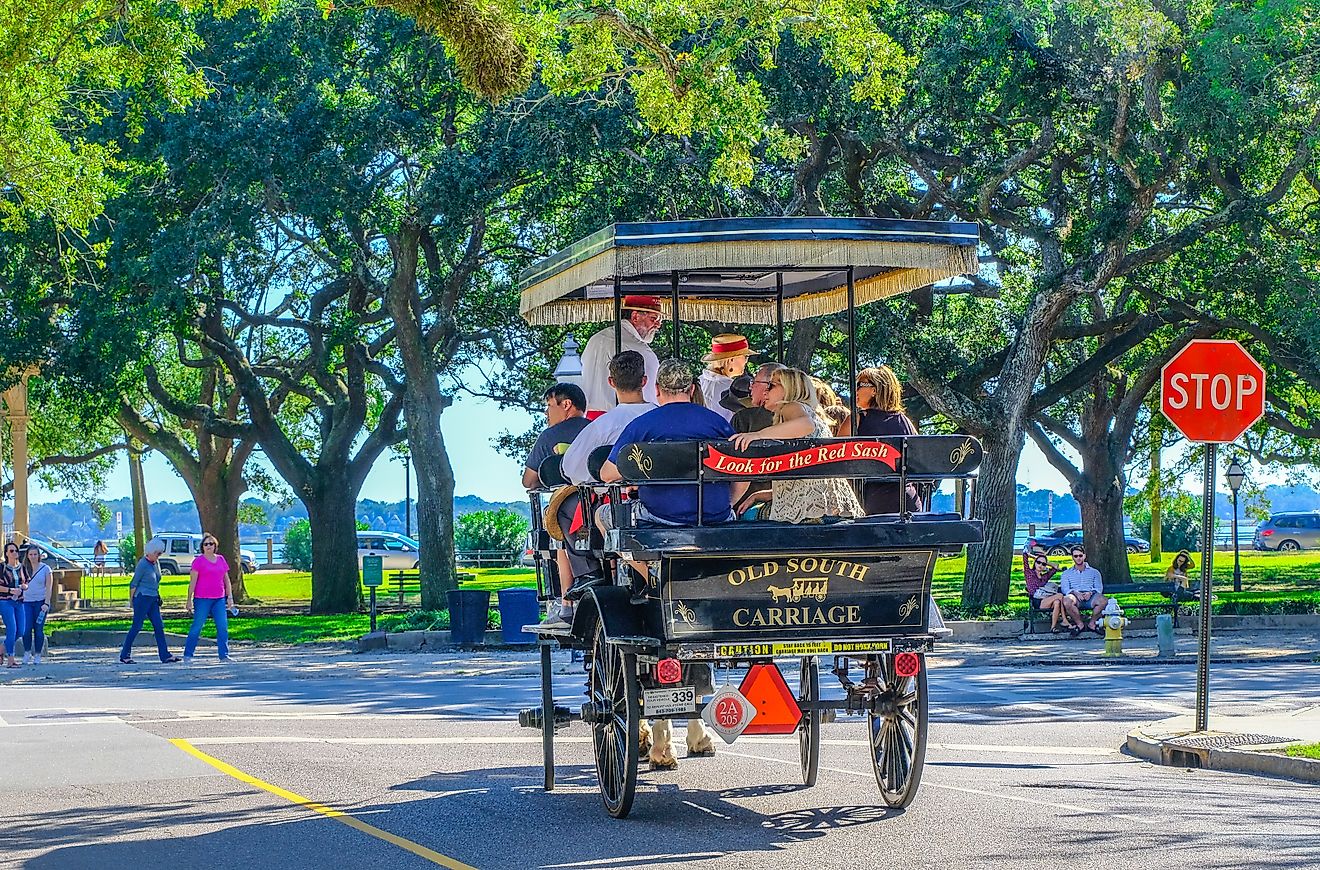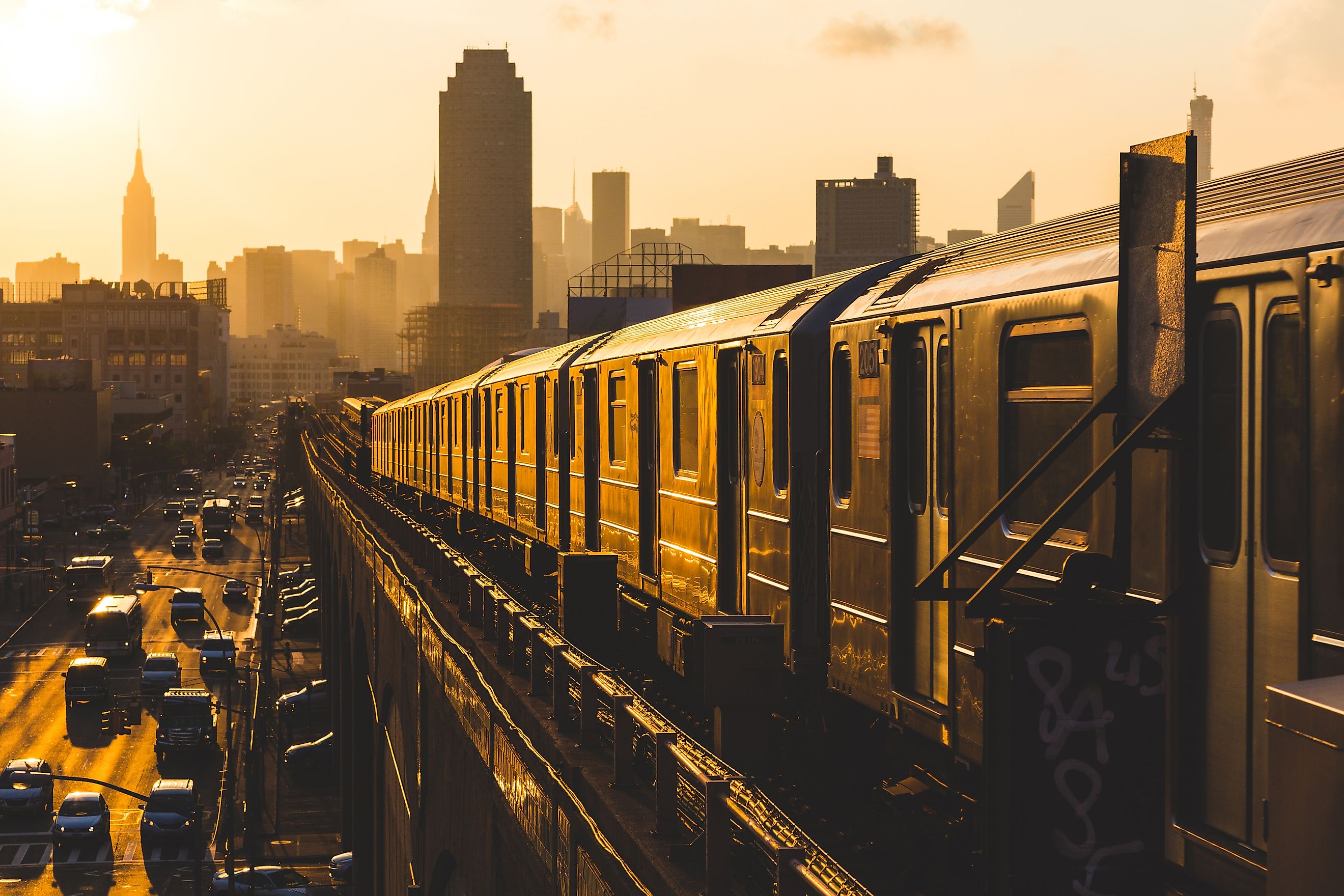
US Cities Built on Top of Old Cities
America has a reputation for being a young country, but peel back the pavement in some cities and you will find older streets, buildings, and even entire neighborhoods hidden below the surface. In a handful of places, layers of history have literally been built over, leaving ghostly remnants of the past beneath today’s bustling urban landscapes.
These “buried cities” are more than quirky tourist attractions. They are time capsules, preserving the architecture, artifacts, and stories of earlier eras that have been hidden from view for decades or even centuries. Some were covered intentionally for safety or development, while others were buried by natural disasters or changing landscapes. Whatever the cause, they reveal the complex and sometimes surprising history of American urban life.
Explore the most fascinating US cities built on top of old cities, uncovering the hidden worlds beneath their streets.
Seattle, Washington
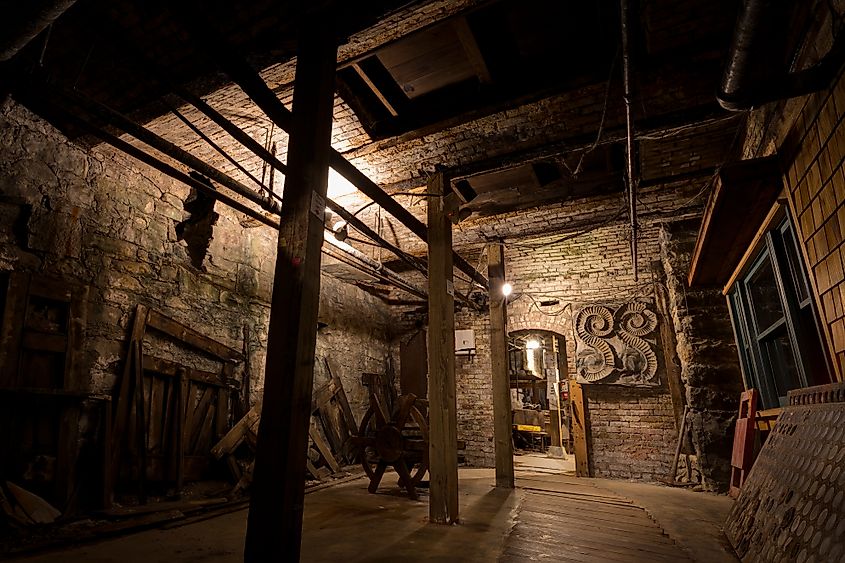
Historic features: 19th-century storefronts, sidewalks, and roadways preserved beneath Pioneer Square
Why it is underground: Rebuilding after the Great Seattle Fire of 1889 raised street levels by one to two stories
Seattle’s famous underground city is one of the best-known examples of building on top of an older city. After the Great Seattle Fire destroyed much of downtown in 1889, city officials decided to rebuild using brick and stone instead of wood. At the same time, they raised the street level to combat flooding and improve sanitation.
For a period, businesses continued operating in their original ground floors while new streets and sidewalks were constructed above them. Eventually, the lower levels were abandoned and sealed off. Today, you can tour these buried storefronts and walk along the old sidewalks with their purple-glass skylights, which once let in light from above. Seattle’s underground tours offer a fascinating look at the city’s wild frontier days and rapid transformation into a modern port.
Portland, Oregon
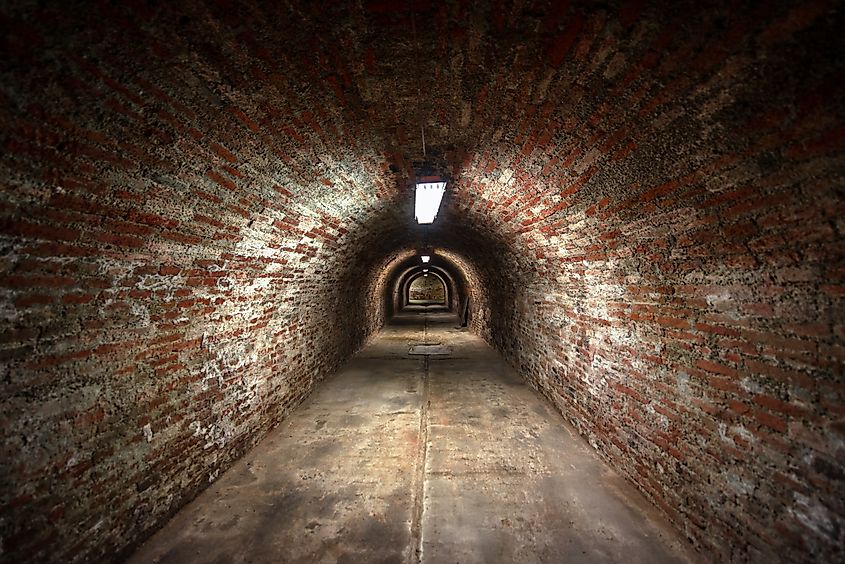
Historic features: Old Shanghai Tunnels, brick corridors, and basement entrances beneath Old Town Chinatown
Why it is underground: Raised street levels, flood control, and hidden access for shipping and questionable activities
Beneath Portland’s Old Town Chinatown lies a network of tunnels and basements that locals call the Shanghai Tunnels. Originally, these connected the basements of hotels and saloons to the docks along the Willamette River. Goods could be moved directly from ships into storage without clogging the streets above. Over time, legend and history intertwined, with tales of people being kidnapped (or “shanghaied”) through these tunnels to work on ships.
While the truth about such stories is debated, the underground structures are very real and tell the story of a growing port city in the late 1800s. Today, parts of the tunnels are open for tours, revealing brick archways, worn wooden beams, and remnants of the businesses that once operated above them.
San Francisco, California
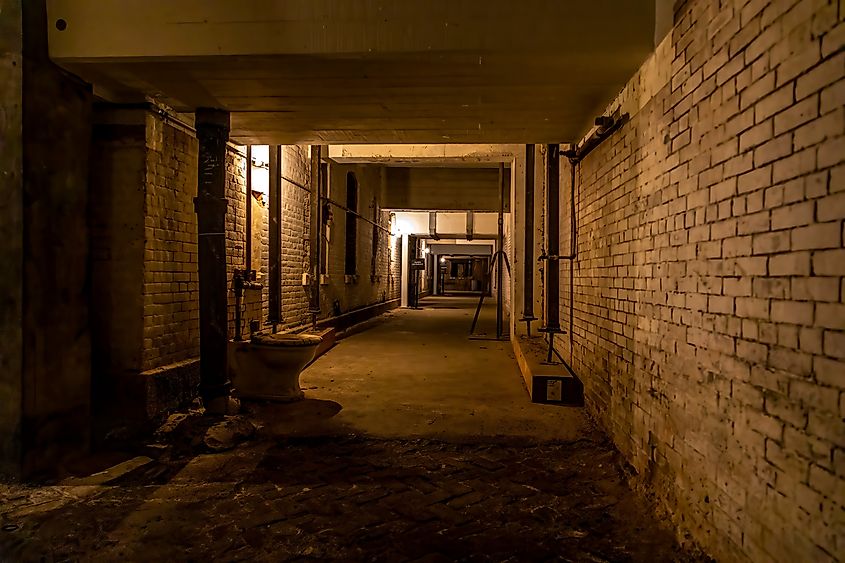
Historic features: Abandoned basements and storefronts buried by changing street grades after the 1906 earthquake
Why it is underground: Reconstruction after earthquake and fire, plus regrading for improved transportation
When the 1906 earthquake and fire devastated San Francisco, entire districts were rebuilt with new street levels and layouts. In some cases, streets were raised or realigned, leaving the original ground floors buried below. The result is a patchwork of old storefronts and rooms preserved in unexpected places.
One of the most intriguing underground remnants is found in Chinatown, where some basements are actually former ground floors. These hidden spaces preserve details of the city’s immigrant history and show how quickly the urban landscape can change after a disaster. While not as widely toured as Seattle’s underground, San Francisco’s buried layers remain a treasure for urban explorers and historians.
Sacramento, California
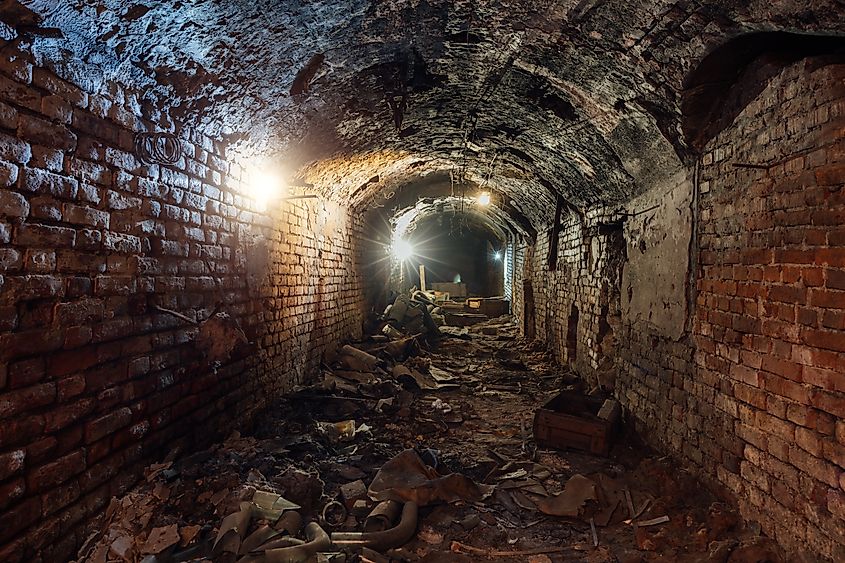
Historic features: Wooden sidewalks, original storefronts, and streets preserved beneath modern Old Sacramento
Why it is underground: Raised street levels to prevent flooding from the Sacramento River
In the mid-19th century, Sacramento faced a serious flooding problem. The city’s location on the banks of the Sacramento and American Rivers meant that seasonal floods could swamp entire neighborhoods. The solution was drastic: raise the entire downtown by as much as 14 feet.
Over several years, workers constructed new street levels above the old ones, filling in areas between buildings and leaving the original sidewalks, storefronts, and alleys below. Today, you can visit parts of this old city through the Sacramento History Museum’s underground tours, which reveal the brick-lined corridors and wooden structures that once bustled with Gold Rush-era life.
Chicago, Illinois
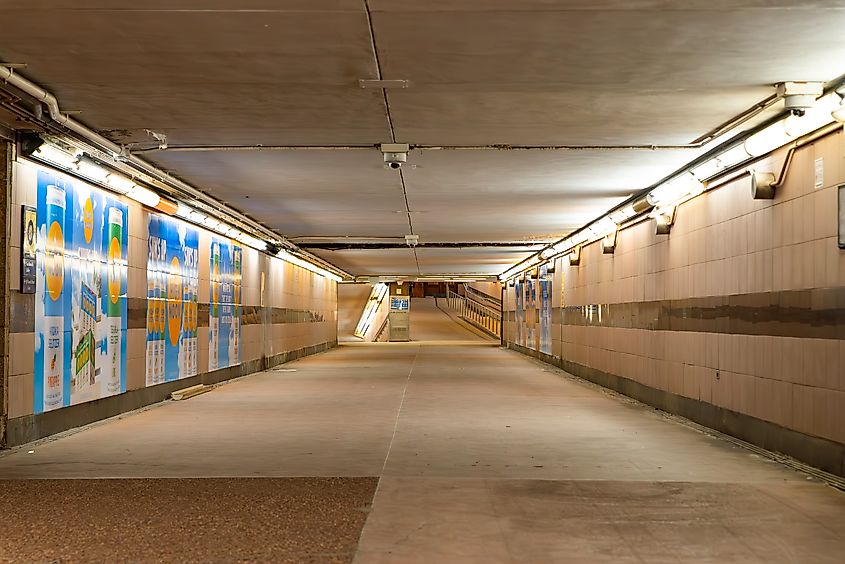
Historic features: The Chicago Pedway and remnants of older street levels in the Loop
Why it is underground: Raised streets to improve drainage and sanitation, plus development of underground passageways
Chicago’s modern street grid sits higher than it did in the mid-1800s. In response to poor drainage and frequent flooding, the city undertook an ambitious project to raise entire streets and buildings. This left some older street levels buried, and over time, Chicago also developed an extensive network of underground passages.
Today’s Chicago Pedway connects buildings, train stations, and shopping areas in the Loop through a series of underground corridors. While most of the truly “old” city has been integrated into newer construction, hints of earlier street levels can still be found in certain basements and service tunnels, offering a glimpse into the city’s engineering feats.
New York, New York
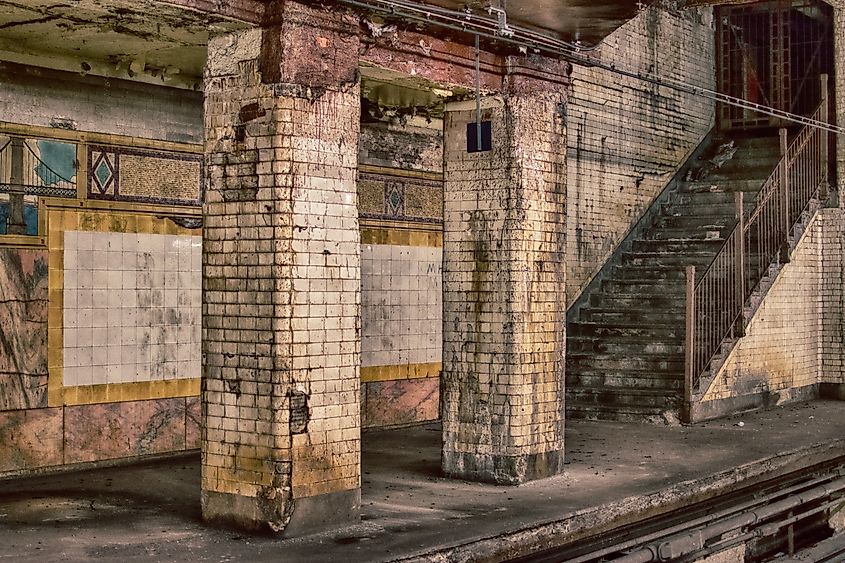
Historic features: Abandoned subway stations, hidden tunnels, and buried colonial streets in Lower Manhattan
Why it is underground: Successive urban development over 400 years, combined with transportation projects
New York City’s history stretches back to the Dutch settlement of New Amsterdam in the early 1600s. Over the centuries, the city has expanded upward and outward, often burying earlier street patterns and structures. In Lower Manhattan, archaeologists have uncovered cobblestone streets and building foundations several layers below today’s sidewalks.
Perhaps the most famous underground relic is the abandoned City Hall subway station, a beautifully tiled 1904 station closed in 1945. It remains preserved below the modern system. Other hidden layers include basement spaces that were once at street level before regrading projects and the construction of elevated transit lines.
Boston, Massachusetts

Historic features: Buried colonial-era streets and the filled land of the Back Bay
Why it is underground: Land reclamation, street regrading, and centuries of layered development
Boston is one of America’s oldest cities, and its street plan has shifted dramatically over time. Parts of the city, like the Back Bay, were literally built on top of water using fill, covering older shorelines and structures. In other areas, street regrading buried older street levels, leaving basements that were once storefronts.
Boston’s historic North End contains some of the city’s most intriguing buried remnants. Archaeological digs have uncovered foundations of colonial homes and shops beneath modern streets. Walking tours often point out spots where current sidewalks sit several feet above the original 18th-century street level.
Layers of History Beneath Our Feet
Each of these cities offers a unique look at how America’s urban landscape has been shaped by necessity, disaster, and ambition. Whether it was to control flooding, recover from fire, improve sanitation, or expand rapidly, the decision to build on top of an existing city has created a hidden world of history.
Exploring these spaces is not just about seeing old bricks and cobblestones. It is about understanding how people adapted to challenges and reimagined their surroundings. These underground layers are physical reminders that cities are living entities, constantly evolving while still carrying the traces of their past.
Chart: US Cities Built on Top of Old Cities
| City | State | Period Buried | Primary Reason for Overbuild | Notable Features Beneath |
|---|---|---|---|---|
| Seattle | Washington | 1890s | Raised streets after fire | 19th-century storefronts, sidewalks |
| Portland | Oregon | Late 1800s | Flood control, shipping access | Shanghai Tunnels, brick corridors |
| San Francisco | California | 1906–1910 | Earthquake rebuilding, regrading | Buried storefronts, old basements |
| Sacramento | California | 1860s–1870s | Raised streets to prevent flooding | Original sidewalks, Gold Rush buildings |
| Chicago | Illinois | 1850s–1860s | Raised streets for drainage | Remnants of old street levels |
| New York | New York | Multiple eras | Urban expansion, transit projects | Abandoned subway stations, cobblestone streets |
| Boston | Massachusetts | Multiple eras | Land reclamation, regrading | Buried colonial streets, shoreline remains |
